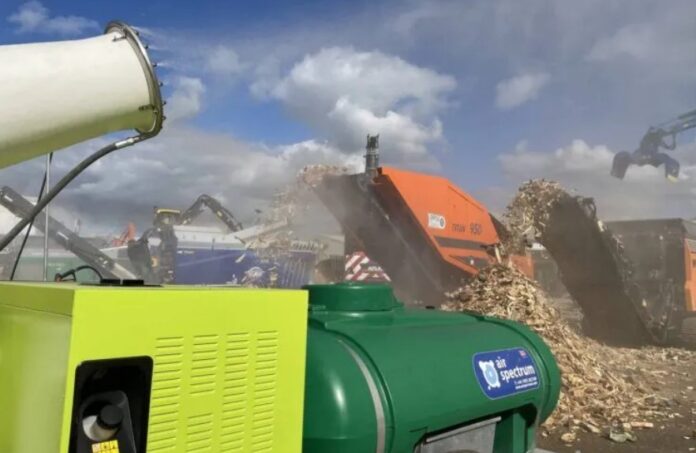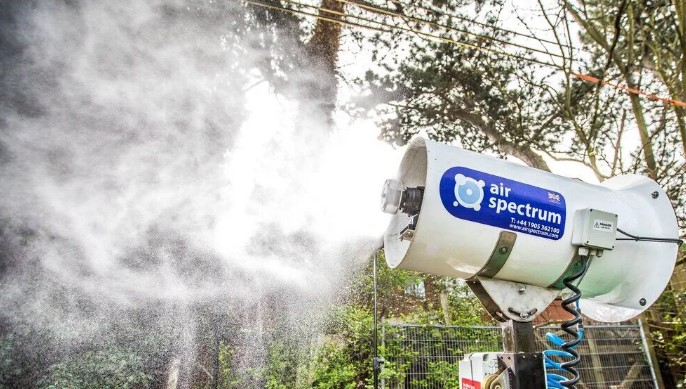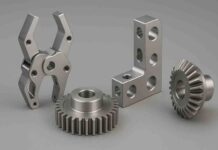Controlling airborne dust is a daily challenge for industries ranging from construction and demolition to mining and recycling. Dust suppression equipment plays a vital role in reducing health hazards, meeting regulatory standards, and improving overall site safety and efficiency.
In this article, we’ll explore the key types of dust suppression equipment, their benefits, and how to choose the right setup for your environment.
Why Does Dust Suppression Matters?
Excessive dust doesn’t just affect visibility—it poses serious health risks, especially when workers are exposed to fine respirable particles such as silica. Prolonged exposure can lead to chronic lung conditions, while poor air quality may also impact neighbouring communities. In the UK, the Health and Safety Executive (HSE) requires employers to limit exposure to harmful dust through control measures and ongoing monitoring.
Beyond health concerns, dust can interfere with machinery, lead to equipment breakdowns, and result in costly site clean-ups. Suppression equipment helps prevent these issues by stopping dust at the source.
Core Types of Dust Suppression Equipment:
There is no one-size-fits-all approach to dust control. Instead, site-specific needs should determine the most suitable equipment. Below are some of the most commonly used options:
1. Dust Cannons (Mist Cannons)

These units emit a fine water mist across a wide radius, capturing dust in the air and bringing it safely to the ground. Ideal for large open-air environments such as demolition sites or quarries, dust cannons are available in various throw distances and water capacities, and some can be trailer-mounted for added mobility.
2. Rotary Atomisers

Designed for more confined or enclosed settings, rotary atomisers use a spinning disc to produce ultra-fine droplets, requiring less water than traditional systems. They are particularly effective in waste transfer stations, recycling plants, and material handling areas.
3. Misting Lines and Fixed Spray Systems
Fixed-line systems are often used along conveyor belts, hoppers, and loading areas. These deliver consistent, automated misting, reducing the risk of dust during routine operations. Some systems are triggered by motion sensors or timers, allowing for water-efficient usage.
4. Dust Suppression Browser
A popular mobile solution, bowsers deliver dust control in hard-to-reach or large-scale areas. They’re frequently used in construction, road works, and surface preparation tasks, where fixed systems may not be viable.
Choosing the Right Solution
When selecting dust suppression equipment, it’s important to assess several factors:
- Site layout and dust source locations
- Indoor or outdoor environment
- Water availability and drainage
- Regulatory compliance requirements
- Equipment mobility and installation options
An experienced supplier will typically offer a site assessment to ensure the chosen system is tailored to your operational needs and minimises water and energy usage.
Operational and Environmental Benefits
Well-implemented dust suppression equipment does more than improve air quality. It contributes to:
- Improved health and safety compliance.
- Reduced complaints from nearby properties or the public.
- Extended machinery lifespan due to less dust ingress.
- Lower water usage and better environmental stewardship.
Many modern systems are also compatible with odour control additives, offering dual benefit in environments such as waste facilities.
Final Thoughts
Investing in quality dust suppression equipment is a proactive step towards safer, cleaner, and more efficient operations. With options to suit almost every site condition and budget, there’s no reason to let dust disrupt productivity or risk regulatory action. For tailored advice, a professional supplier can help assess your site and recommend the right equipment—whether you need a powerful cannon, a discreet atomiser, or a comprehensive system combining multiple technologies.







